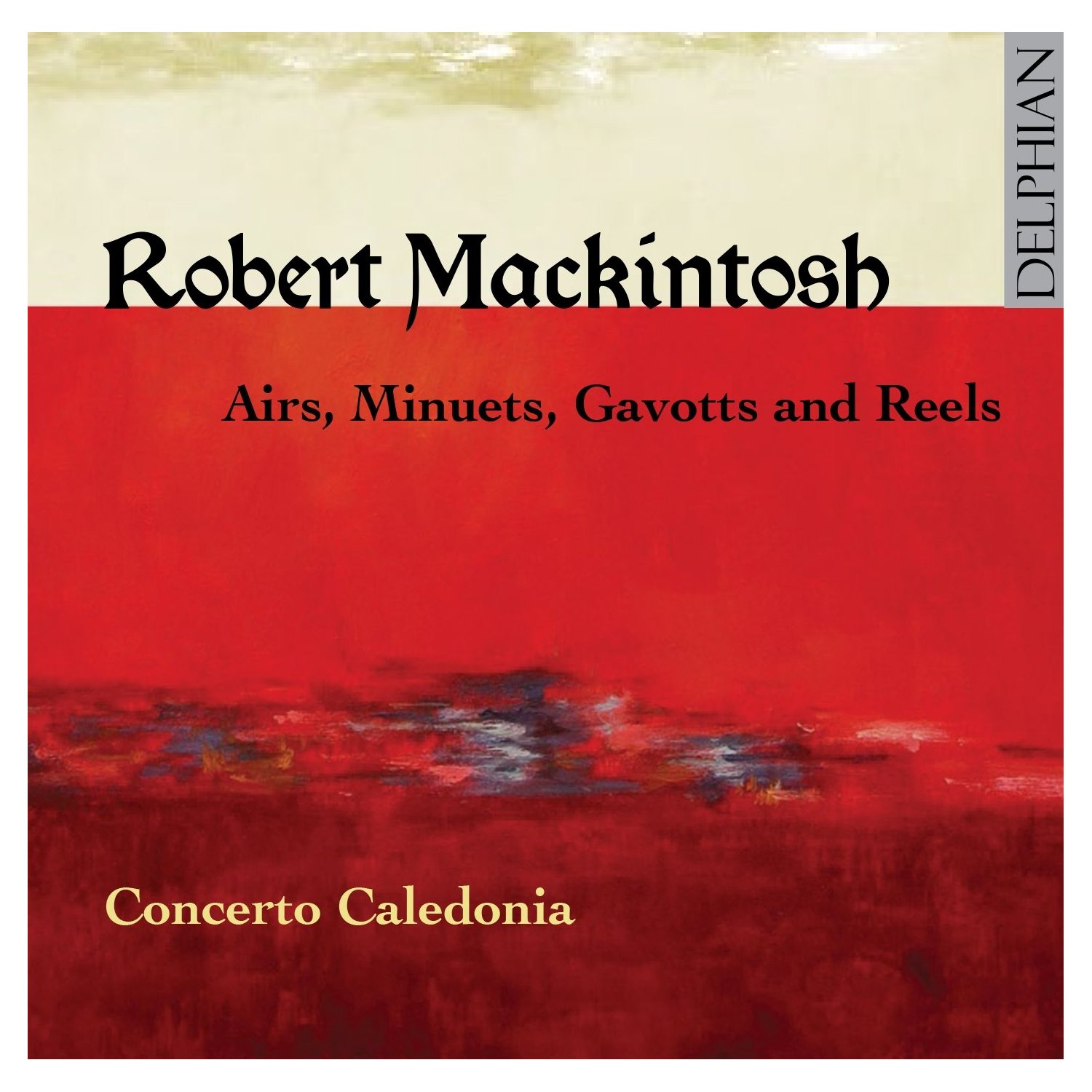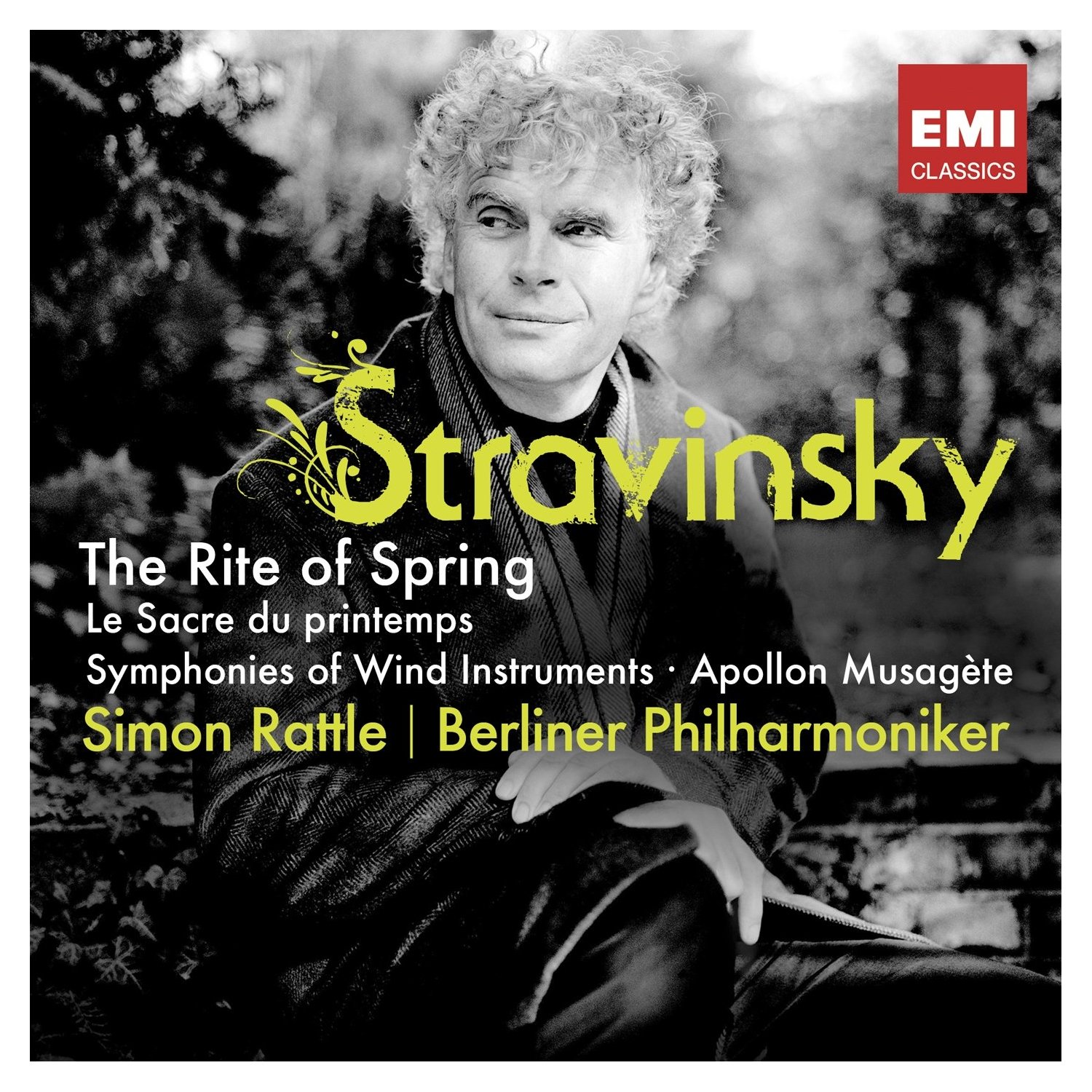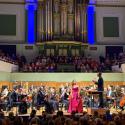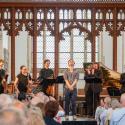
British conductor and composer Sir Eugene Goossens achieved major fame leading the Sydney Symphony Orchestra in the 1950s. Previously he'd given the first British concert performance of Stravinky’s Rite in 1921 and had moved to the US shortly afterwards to take up a sequence of conducting posts. His Sydney tenure ended abruptly in bizarre circumstances, and he returned, disappointed to London, dying in 1962. Goossens’s expertise as an interpreter of contemporary music undoubtedly influenced his own orchestral music - several of the works on this luxuriantly-produced Chandos CD sound like pastiches of other composers. But they're always deftly, lucidly scored, and entertaining. Ravel, Prokofiev, Stravinsky and Strauss come to mind most readily. This isn’t a moan at all – listening to this disc is 74 minutes well-spent.
Tam O’Shanter’s four minutes whizz by in exhilarating fashion; Goossens knew just how much mileage could be extracted from his musical ideas and none of these pieces outstays its welcome. The Three Greek Dances are nicely evocative, and two suites of orchestrated piano pieces leave you wanting more. There’s a fruity, melodramatic Intermezzo from a Don Juan opera. The most impressive work is the three-movement Concert Piece written in 1957. The solo roles were originally played by the composer’s siblings – harpists Marie and Sidonie, and oboist Leon. A brilliant, mercurial work, it has the harps play at one point with paper threaded through the strings – a peculiar, percussive effect.

Robert Mackintosh, known as "Red Rob", was born in the 1740s and died in 1807, having spent most of his life as a violin teacher and composer in Edinburgh and Aberdeen. Intensive googling didn’t supply me with much more in the way of biographical info, but a few minutes in the company of Mackintosh’s music leads you to speculate that he’d have made convivial, lively company. This is life-enhancing stuff – a disc guaranteed to put a spring into the heaviest, most jaded of steps. Mackintosh’s adherence to fairly standard musical forms doesn’t restrict his imagination, and the sequence of dances on this recording teem with life. He was never “a composer who missed greatness by a small margin” as one writer suggested, but a highly entertaining minor talent.
The pieces here are all taken from Mackintosh’s first collection of violin pieces, published in 1783. Some are duets, and they’re all pleasingly accompanied, variously, by cello, harpsichord and a nicely rattly square piano. Several of the minuets feel a little strained, but the reels are effervescent. An extended three movement solo finishes with a witty jig. Close your eyes and you’re transported back in time. Idiomatic, affectionate performances from a downsized Concerto Caledonia. Delicious.

The most exciting Rite I’ve heard recently is Pierre Monteux’s 1950s Paris account. It’s thrilling because you sense that the players are barely on top of the notes. The sonorities are reedy, gritty and hard edged, the ensemble frequently on the point of collapse. Sir Simon Rattle’s new live performance is pitched at the opposite extreme. It’s indecently luxuriant and played with a confidence which almost borders on complacency. Should such a conceptually unpleasant work, featuring a virgin dancing herself to death, sound this comfortable? Best to ignore such questions and marvel at the orchestral details which Rattle takes care to highlight – thankfully without derailing the ballet's forward momentum. I’d not previously noticed the triple time bass line bouncing around underneath the chugging 2/4 rhythms of Les Augures printaniers. Nor had I been aware of the rapid balalaika-like string pizzicatos in the same section – a delicious effect.
This recording is full of such moments, sounds which will have you dusting down your miniature score in disbelief. Rarely has the second half’s intro sounded so decadent and sweaty, and I whooped for joy at hearing a normally inaudible low horn rasp a few minutes near the close. Alas, Rattle’s Apollon musagète does sound a bit too refulgent – it’s a fascinating contrast to the earlier ballet, but the massed string sound can be a bit suffocating. No complaints at all about an incisive reading of the Symphonies of Wind Instruments in its 1920 scoring – earthy, pungent, the final chorale’s Debussy tribute oddly affecting. Good sleeve notes too.














Add comment